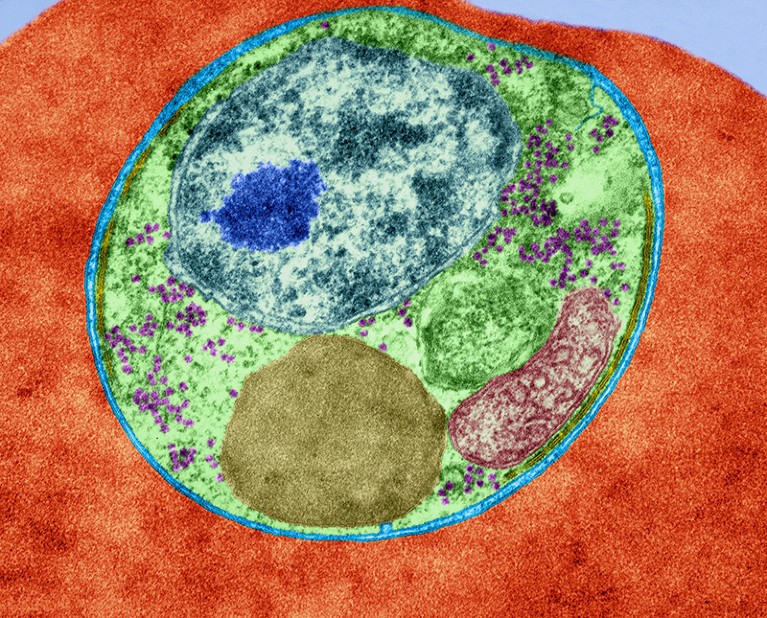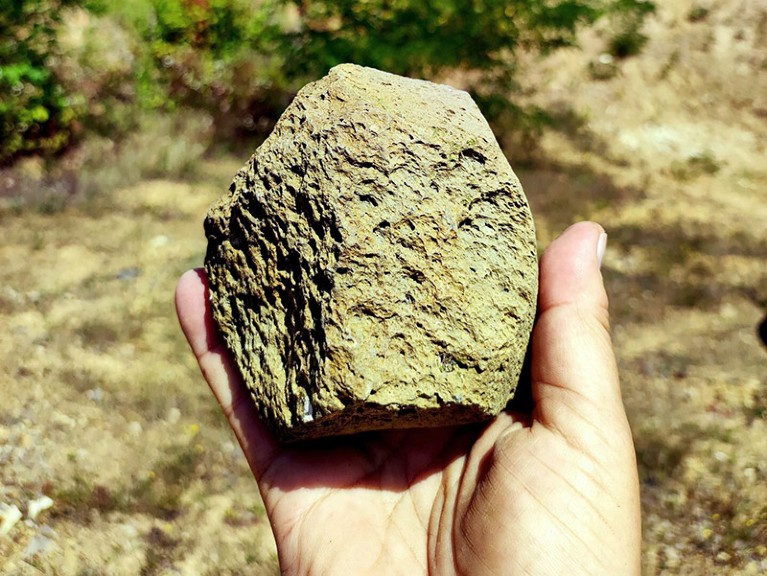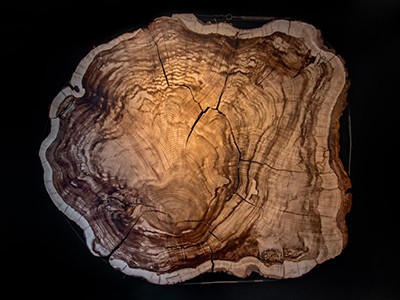[ad_1]
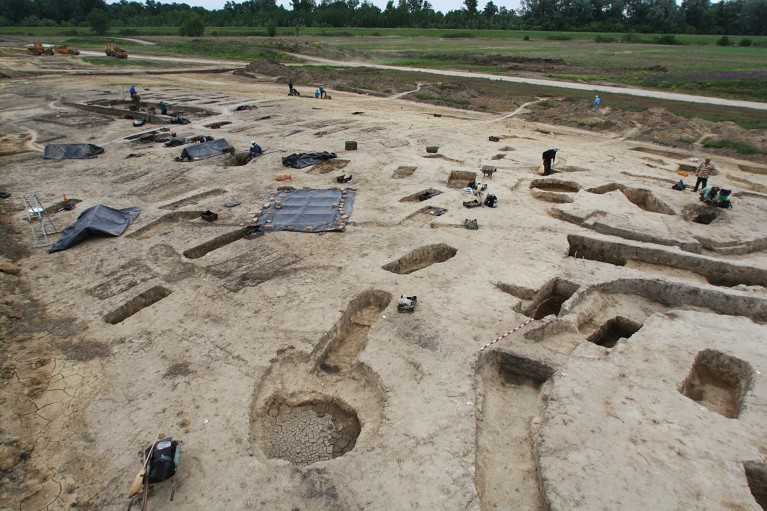
Scientists sampled genomic data from 279 graves at a cemetery in Rákóczifalva, Hungary, where people of the medieval Avar culture were buried.Credit: Institute of Archaeological Sciences, Eötvös Loránd University Múzeum, Budapest, Hungary
Most people know about the Huns, if only because of their infamous warrior-ruler Attila. But the Avars, another nomadic people who subsequently occupied roughly the same region of eastern and central Europe, have remained obscure despite having assembled a sprawling empire that lasted from the late sixth century to the early ninth century. Even archaeologists have struggled to piece together their history and culture, relying on spotty and potentially biased contemporaneous chronicles that, in many cases, were authored by the Avars’ adversaries.
A deep dive into 424 genomes collected from hundreds of Avar graves is filling in crucial gaps in this story, revealing a wealth of insights into the Avars’s social structure and culture1. “These people basically didn’t have a voice in history, and we are kind of looking into them this way — through their bodies,” says Zuzana Hofmanová, an archaeogeneticist at the Max Planck Institute for Evolutionary Anthropology in Leipzig, Germany, and one of the study’s lead authors.
The work was published today in Nature.
Nine generations
The researchers focused on four cemeteries in Hungary that were once at the heart of the khaganate, as the former Avar empire was known. Importantly, all four sites were fully excavated, giving the researchers access to DNA from every grave and enabling them to use genetic data to map relatedness for entire Avar communities.
This effort got an important boost from a computational method called ancIBD, which can connect even distant family members on the basis of their shared chromosomal sequences2. Co-lead author Johannes Krause, an archaeogeneticist at Max Planck, says that scientists have generally struggled to reassemble DNA-based family trees that extend past third-degree relatives, such as first cousins or great-grandparents. But by using tools such as ancIBD, Krause and colleagues were able to chart much more convoluted Avar family trees, including a massive nine-generation pedigree comprising 146 family members.
The data suggest that, after migrating to Europe, the Avars retained many cultural practices from their place of origin on the northeast Asian steppes3. For example, the Avars were very strict about avoiding inbreeding. There were no observed instances of marriage between relatives — even at the level of second cousins. Krasue says that was surprising, given that unions between first cousins were not unusual during much of European history. “It’s really remarkable that they can keep track over nine generations who is related to whom, and who can have children with whom,” he says.
On the other hand, there was also limited intermarriage with non-Avar neighbors: about 20% of the genomic sequences in the sampled Avar DNA could be traced to central European ancestry.
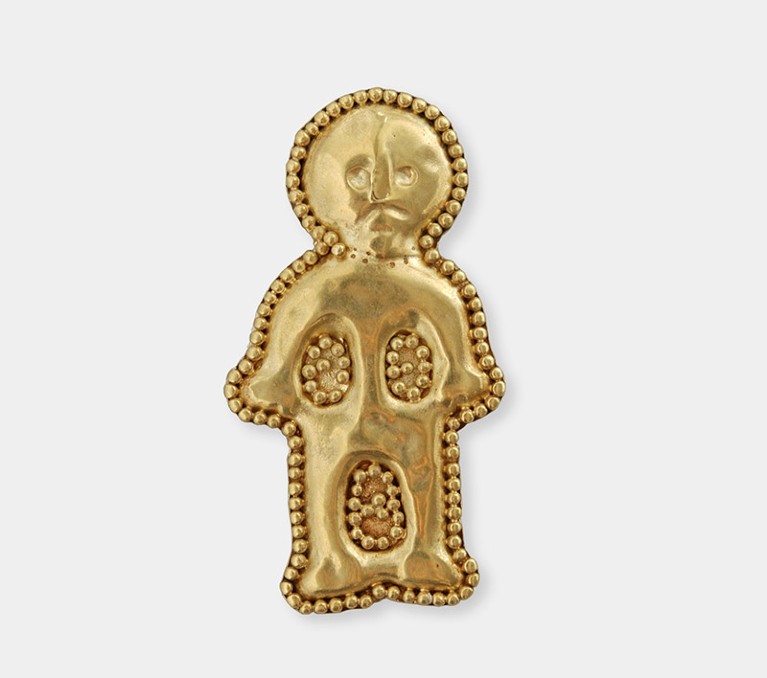
A gold figurine excavated from an Avar burial site in Rákóczifalva, Hungary.Credit: Institute of Archaeological Sciences, Eötvös Loránd University Múzeum, Budapest, Hungary
The researchers recorded several examples of ‘levirate unions’, in which a widow married a male from the family of her deceased spouse, such as a brother. Such marital patterns were atypical in much of Europe, but were established features of Asian steppe-dwelling cultures, notes co-lead author Tivadar Vida, an archaeologist at Eötvös Loránd University in Budapest. “It was archaeologically very interesting to see the conservativism in the Avar society, lasting nine generations,” says Vida.
The Avars were also strictly patrilineal, with men acting as heads of family and daughters leaving their communities to join their husbands’ households. At the largest cemetery sampled, in the village of Rákóczifalva, Hungary, Hofmanová notes that there was only a single instance of both a mother and her adult daughter being interred.
Power play
The kinship data reveal what seems to be a shift in local political power that would have been difficult to detect with sparse DNA sampling. In the graves at Rákóczifalva, the researchers found that one male lineage predominated early in Avar history, but was displaced by a different Avar bloodline by the late seventh century. Intriguingly, archaeological evidence collected from those graves suggests that the subsequent family had different diets and burial rituals than did the displaced one, indicating that Avar culture shifted over time despite relatively modest levels of intermarriage with non-Avar individuals.
Carles Lalueza-Fox, a palaeogenomicist at the Institute of Evolutionary Biology in Barcelona, Spain, says that this work demonstrates the richness of the insights that can emerge when researchers have the opportunity and resources to broadly survey and analyse DNA at sites of historical interest. “Only this scale of analysis would allow you to obtain a reliable picture of kinship and social processes,” he says, adding that his group is now embracing a similar approach in their archaeogenomic research. “I think ancient genomics is moving toward this direction to obtain a more democratic and nuanced view of the past.”
[ad_2]
Source Article Link









